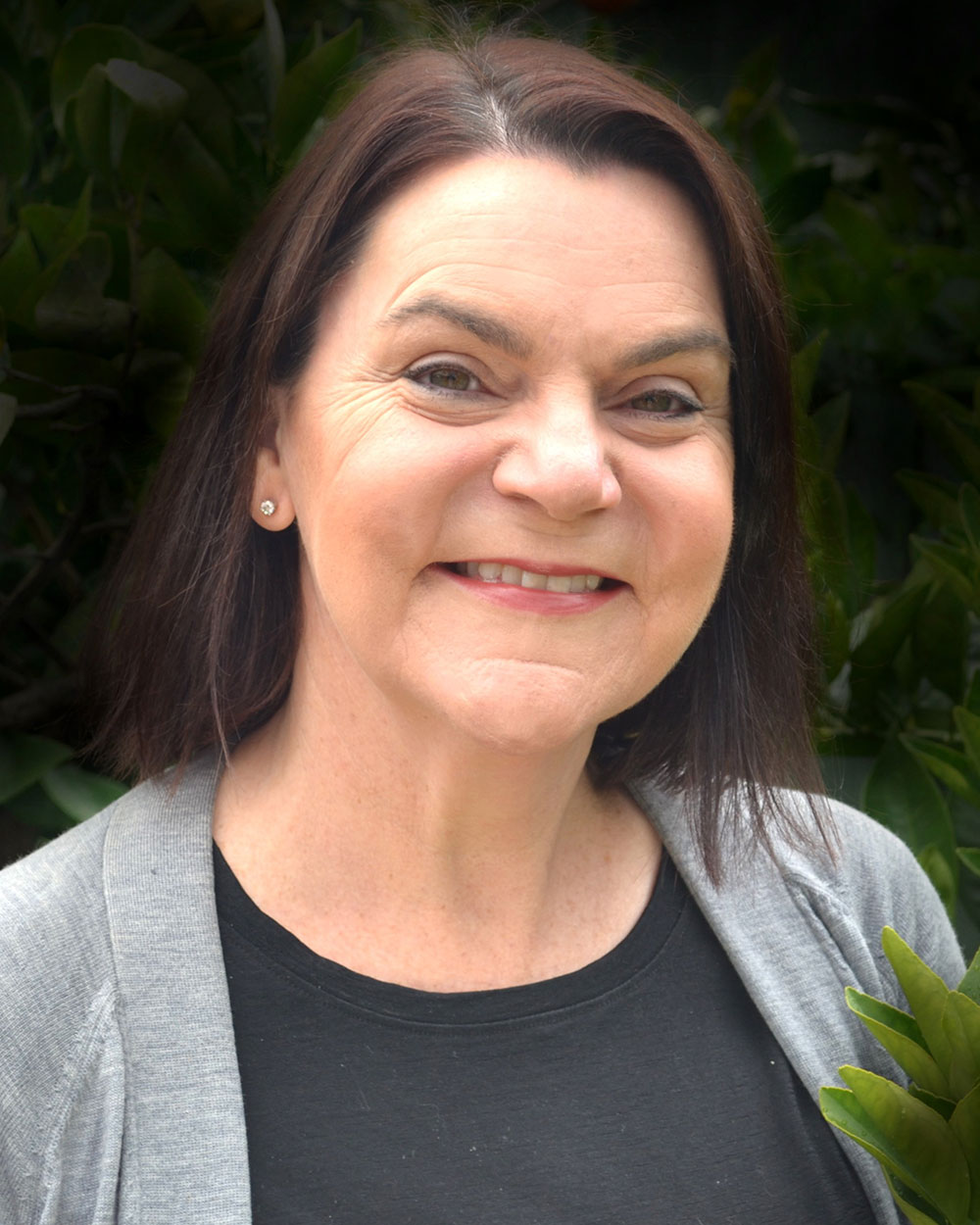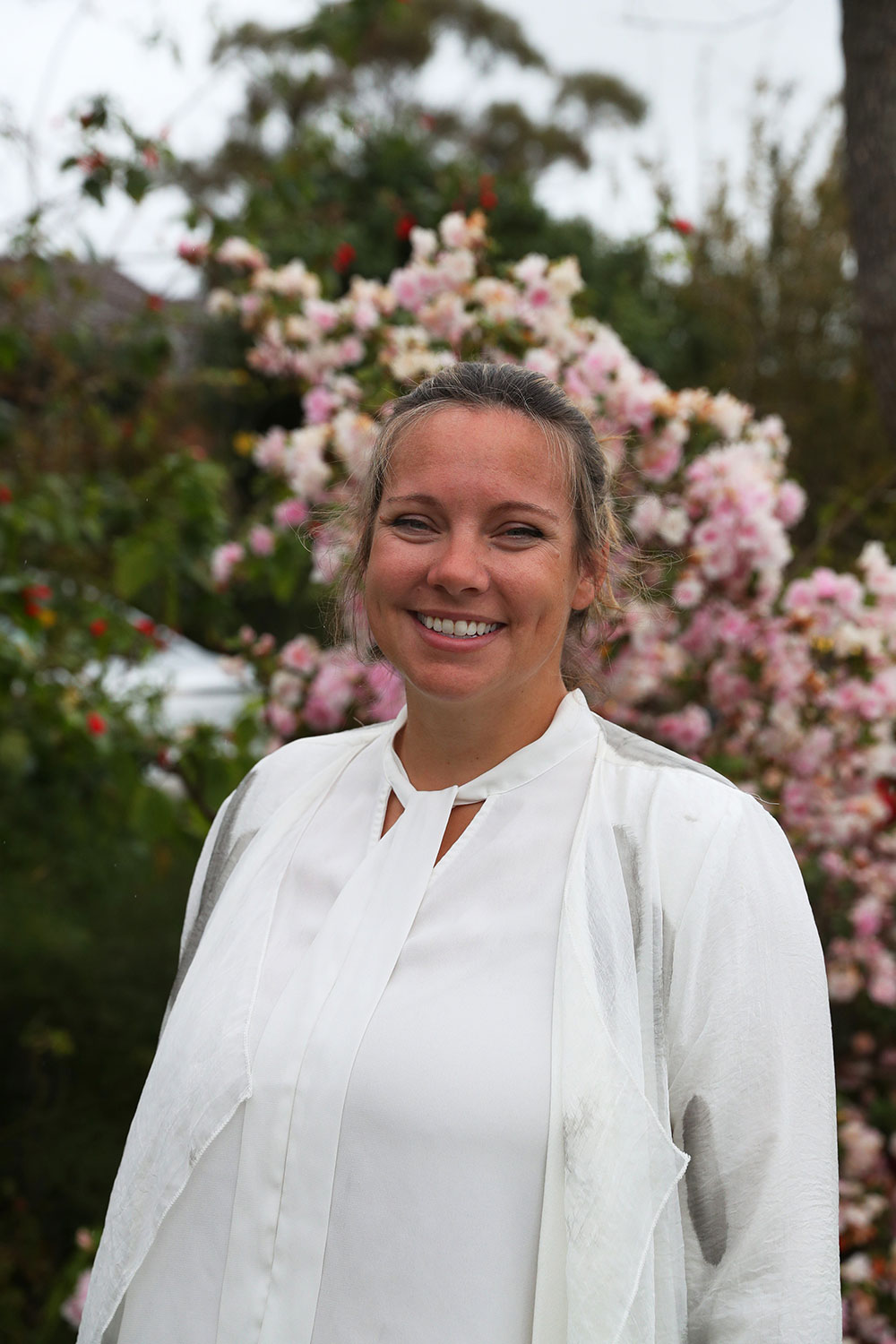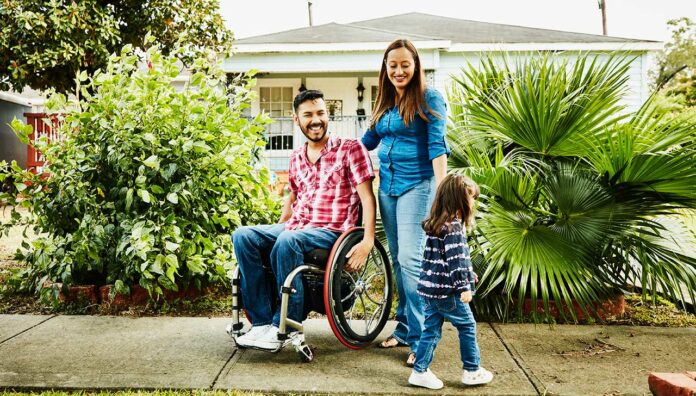There are more than 4.4 million Australians living with some form of disability – whether cognitive or physical, temporary or permanent, lifelong or acquired, visible or invisible.
Yet despite their healthcare needs, people with disability often report feeling shut out by the system that is meant to assist them.
As there are a wide range of impairments affecting people with disability, the barriers they face in accessing healthcare are equally diverse.
Key points
|
Dr Manya Angley FPS, who addressed the Royal Commission into Violence, Abuse, Neglect and Exploitation of People with Disability in September, said that communication difficulties mean people with cognitive disability often struggle to advocate for themselves and are therefore forced to rely on other people to facilitate their access to the healthcare system.
Coupled with a healthcare workforce that isn’t properly trained to care for people with additional needs, this can lead to exclusion and medicine misadventure.

‘People with cognitive disability typically have more comorbidities and require coordinated and collaborative care,’ Dr Angley told Australian Pharmacist.
‘There seems to be a reluctance by GPs to refer them for Home Medicines Reviews (HMRs).’
For those with physical disability, PSA NSW Branch President Chelsea Felkai said the barriers can include physically accessing the pharmacy environment, reliance on third parties such as disability organisations or retrieving medicines from their Webster-paks.
‘People with physical disability shouldn’t be treated any differently to other people, but you have to be adaptable in terms of the modes of communication,’ Ms Felkai said.
‘Every person with a disability is unique, so it’s about finding what will work for that person and communicating with them directly.’
Addressing the gaps
The International Day of People with Disability (IDPwD) is held on 3 December each year, to promote awareness and acceptance of people living with disability.
This year’s focus is on ‘Building Back Better: toward a disability-inclusive, accessible and sustainable post COVID-19 world’.
When it comes to healthcare, however, there is a long way to go to ensure people with disability are granted adequate and inclusive access. People with disability have self-described their physical and mental health as suboptimal.
In the 2017–18 National Health Survey, adults without disability were 2.7 times more likely to describe their health as ‘very good or excellent’ than those with disability, and self-reported psychological stress in people with disability was four times the level of those without (32% versus 8%).
A 2017 Australian Institute of Health and Welfare report found that two in five people with disability under 65 experienced difficulty accessing healthcare services, and one in six reported experiencing discrimination by healthcare practitioners.
In a submission to the Royal Commission into Violence, Abuse, Neglect and Exploitation of People with Disability in August, PSA advocated for a greater role for pharmacists in the care of people with disability.
The PSA’s recommendations addressed the gaps in disability care, covering issues such as lack of data collection on medicine use, medication management, and support and training for carers and disability support workers.
As medicines experts, pharmacists are best equipped to ensure the safe and quality use of medicines to improve the standard of living for people with disability.
In its submission, PSA addressed the need for funding so pharmacists can deliver quality use of medicines (QUM) services to people with disability and their carers, along with access to pharmacist-delivered medication management services through the National Disability Insurance Scheme.
Inclusive healthcare solutions
Patient-centred care is paramount to the inclusion of people with cognitive disability, Dr Angley said. She emphasised the importance of communicating with the person rather directly than communicating through a parent or carer.
‘Look for non-verbal cues, such as facial expressions and gestures, and identify how they like to be talked to,’ she said
‘This could be through a picture exchange communication system, an electronic communication device or through sign language.’
To make the pharmacy environment more accessible, Dr Angley suggested damping out any background noise or visual overstimulation.
‘Suggest going to a separate room, which will allow people with cognitive disability to process information more readily,’ she advised.

‘HMRs are also ideal – people with cognitive disability benefit from longer encounters and the familiar home environment means they won’t have to process additional visual and auditory information.’
Ms Felkai said pharmacists should think outside the box for ways to engage people with physical disability. That might be through telehealth conferences if they are unable to make it into the pharmacy, or printed and written information for those who are hearing impaired.
‘It’s about being open to working with that person to figure out the best strategy for supporting them,’ she said.
Collaborative care
Pharmacists need to be proactive by approaching disability providers, Primary Health Networks and allied health professionals to let them know they are available to conduct HMRs for their clients to improve their care, Dr Angley said.
‘Pharmacists can identify side effects from medicines that can affect how responsive a person is to other interventions, such as sedation from psychotropic medicines, which may not be obvious to other health professionals such as occupational therapists (OTs), speech pathologists or psychologists,’ she said.
‘People prescribed antipsychotics to manage challenging behaviour, for example, can develop severe constipation, which can, in turn, worsen behaviour. Pharmacists can develop interventions by working with the interdisciplinary team to prevent or manage this constipation.’
To improve the accessibility of community pharmacies for people with physical disability, Ms Felkai recommended engaging an OT for advice.
‘Whether it’s having multiple locations within the pharmacy with different bench heights for ease of communication with people in wheelchairs, or ensuring the pharmacy’s signage has clear lettering and simple language – an OT will be able to advise you on the best approach,’ she said.
Upskilling in disability care
There are plenty of resources available for healthcare professionals if you look for them, said Dr Angley.
‘I find the UK-based Easy Health website particularly helpful for establishing relationships with people with cognitive disability,’ she said.
‘It has leaflets and videos on topics such as “Getting to know your pharmacist” or “Taking medicines for behaviour”. Pharmacists can download or print out these resources to support these interactions. They are low health literacy and use pictures and key facts.’
Dr Angley also suggested pharmacists could benefit from a free online learning module (health professional version) on intellectual disability and mental health produced by the Department of Developmental Disability Neuropsychiatry at the University of New South Wales.
Research into medicines management in the disability sector might be scarce, but it has many similarities with the aged care sector in areas such as deprescribing and the misuse of psychotropics.
While Ms Felkai said the disability sector itself is unique, knowledge about aged care is a good starting point.
‘The best thing for pharmacists to do is to go out and work in the sector and communicate with disability organisations about what their medicine policies are, how they interact with pharmacies and how you can best help them help their clients,’ she said.



 Pharmacists have always prescribed, but they have the potential to prescribe much more
Pharmacists have always prescribed, but they have the potential to prescribe much more



 Sponsorship information
Sponsorship information


 Talking to patients who have questions
Talking to patients who have questions





